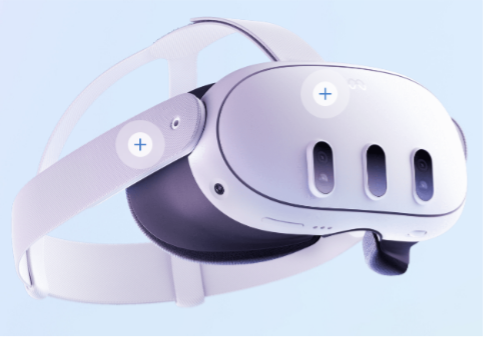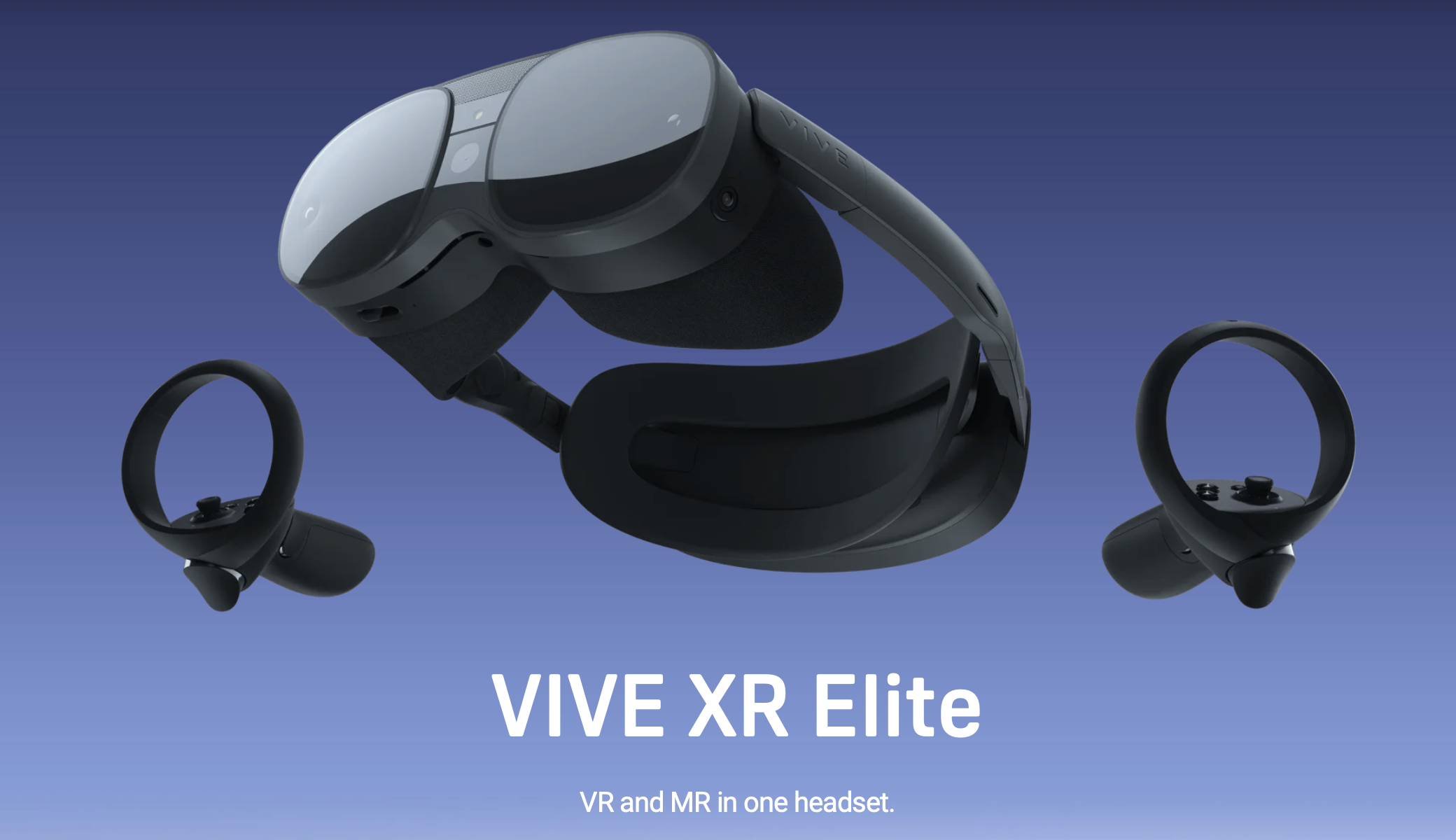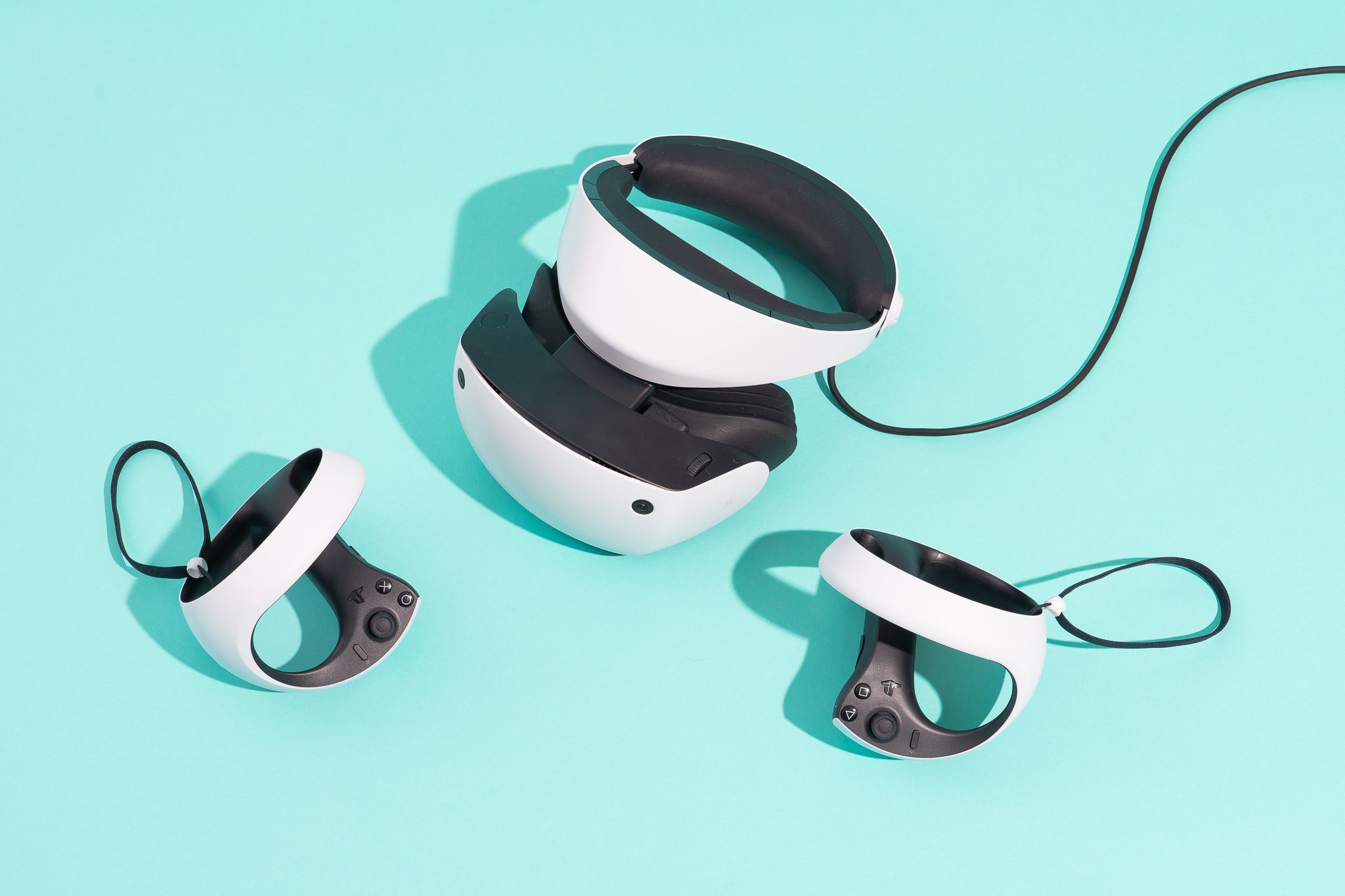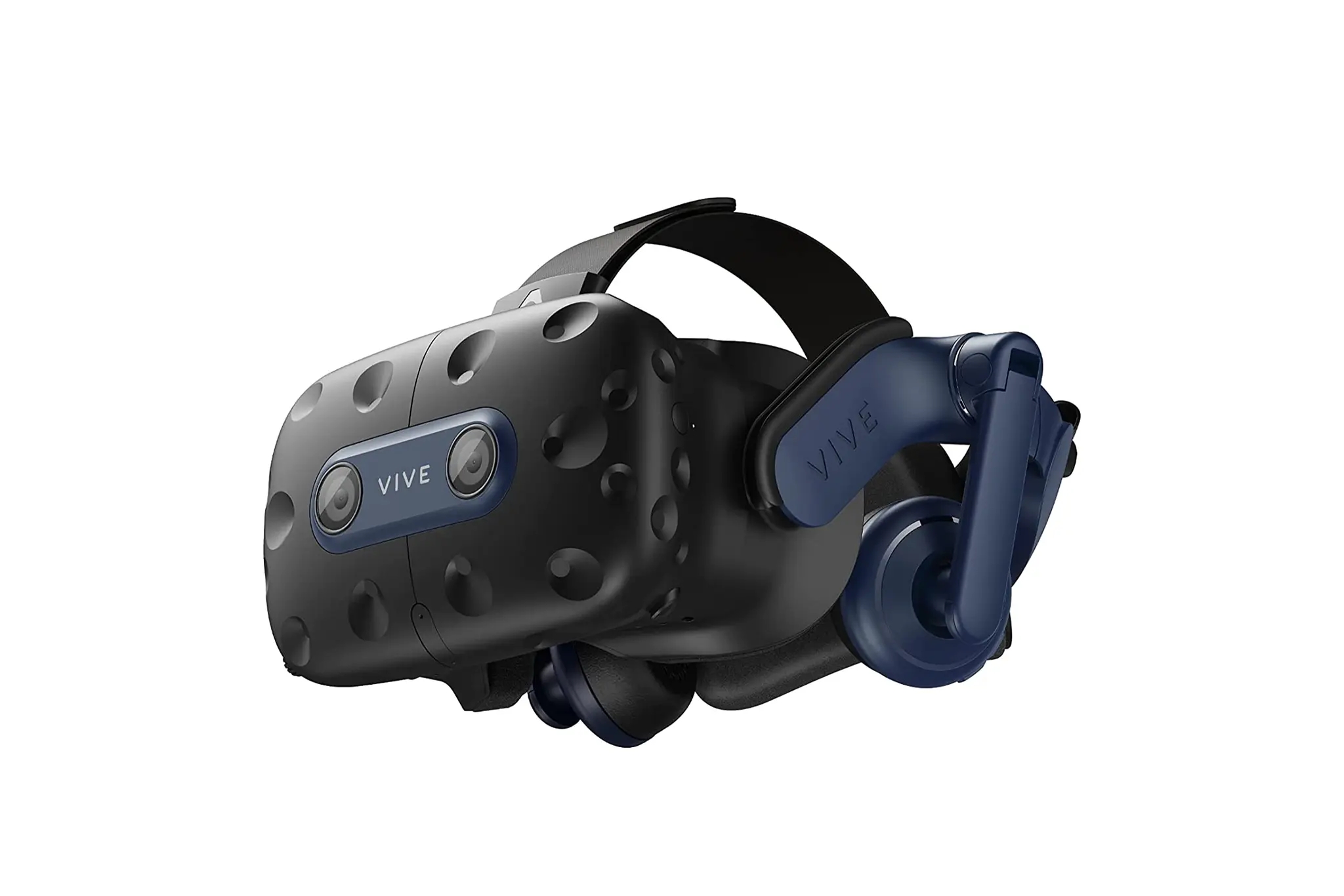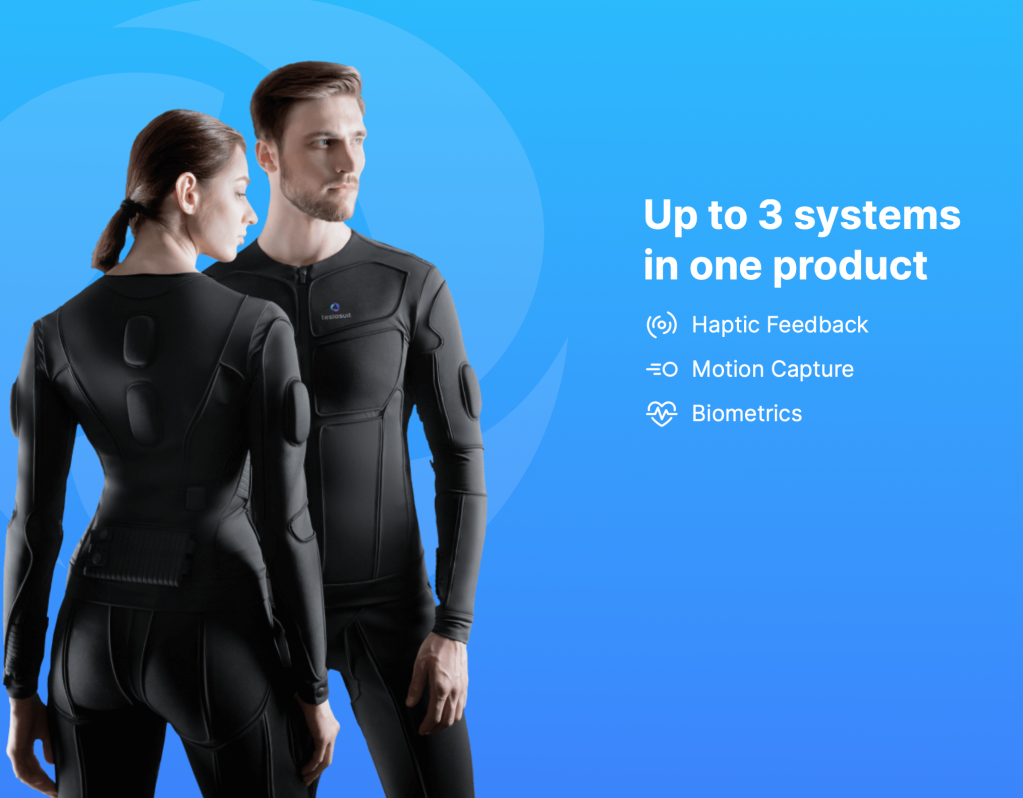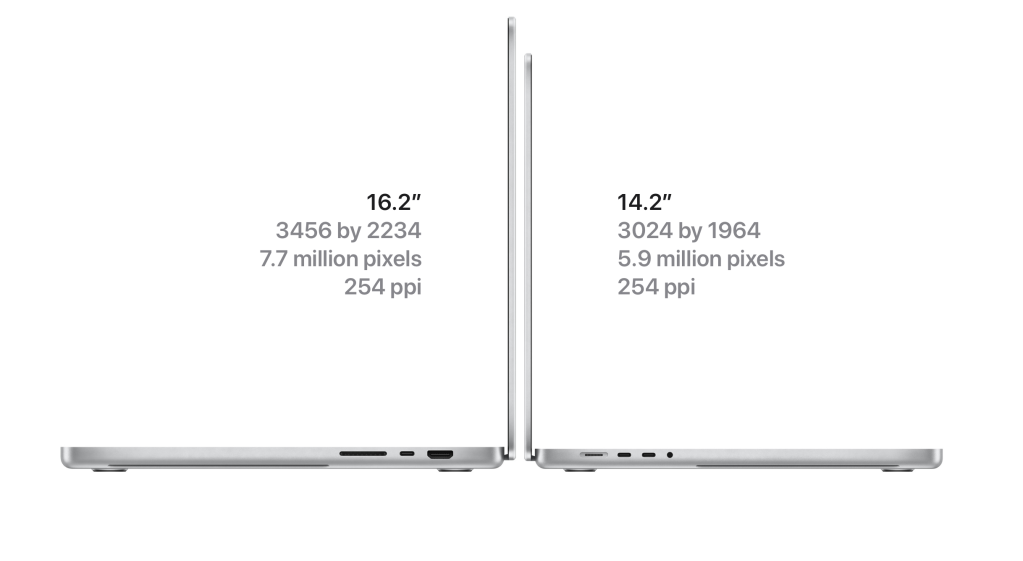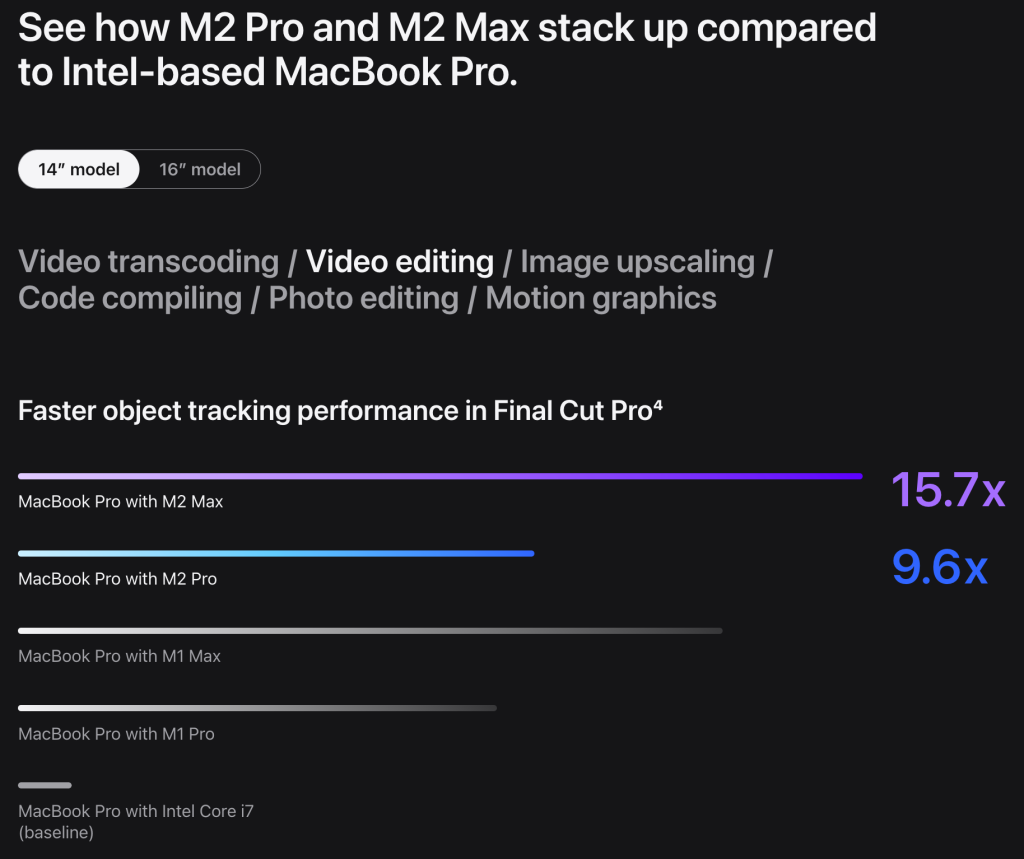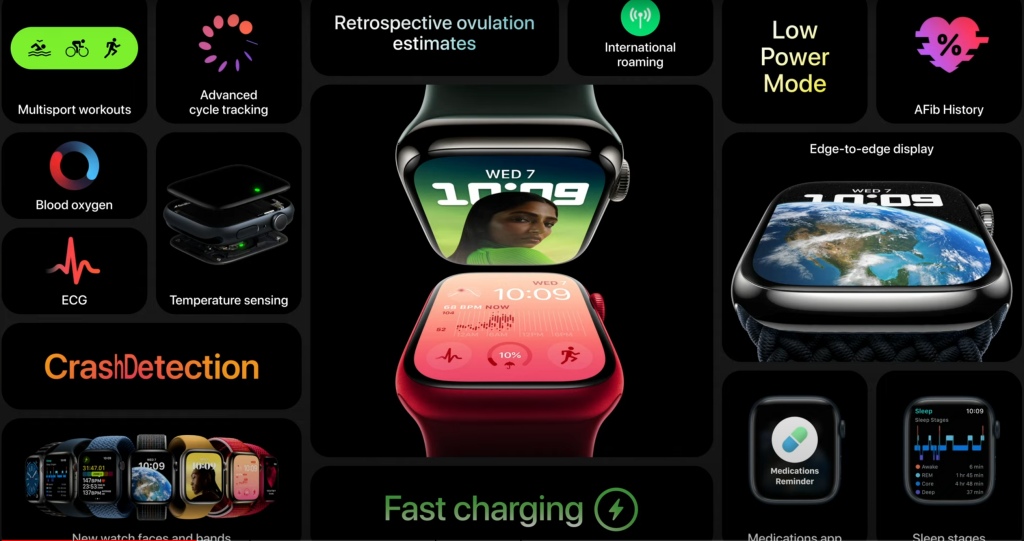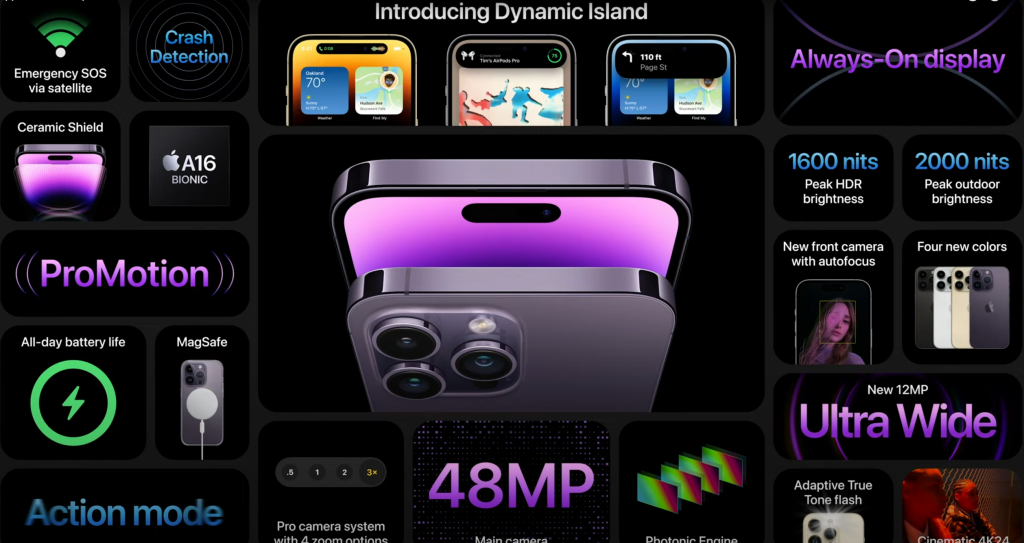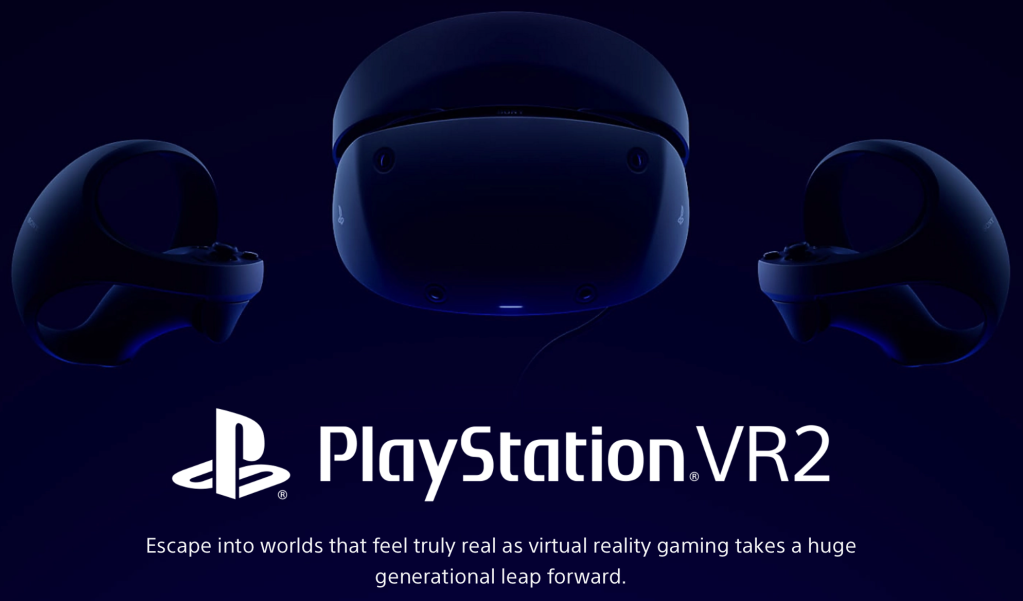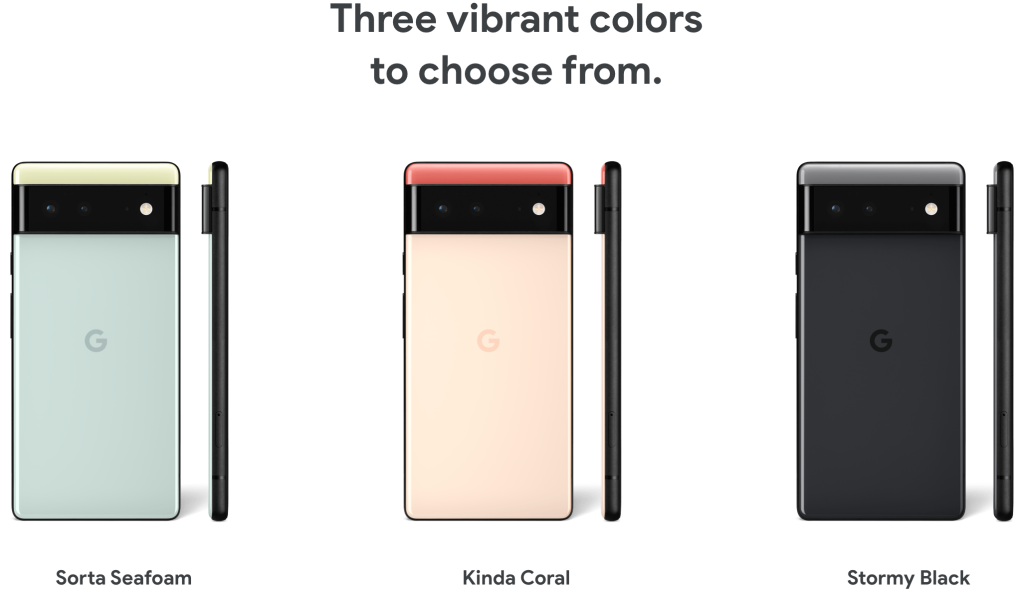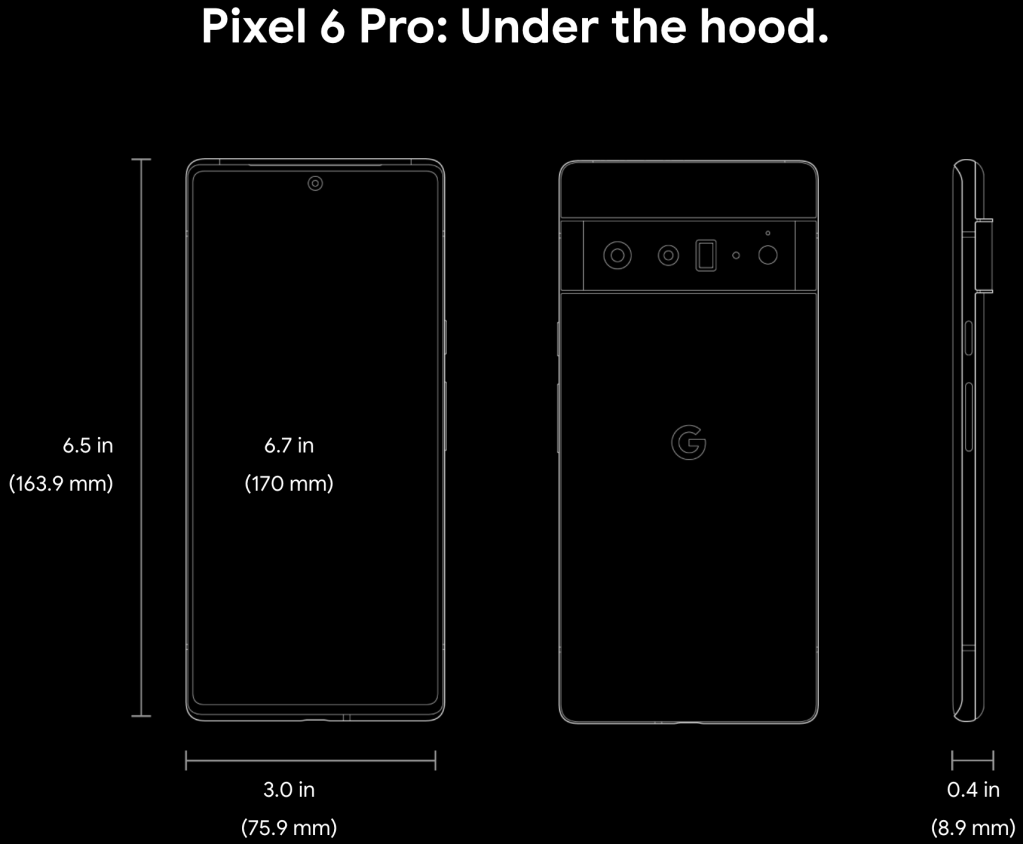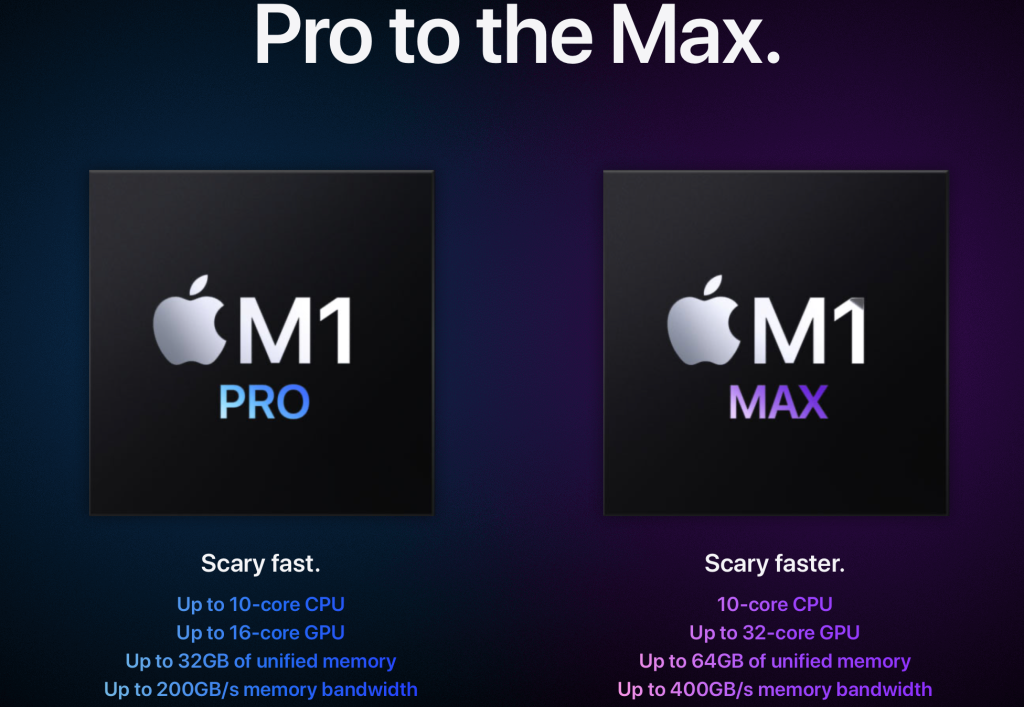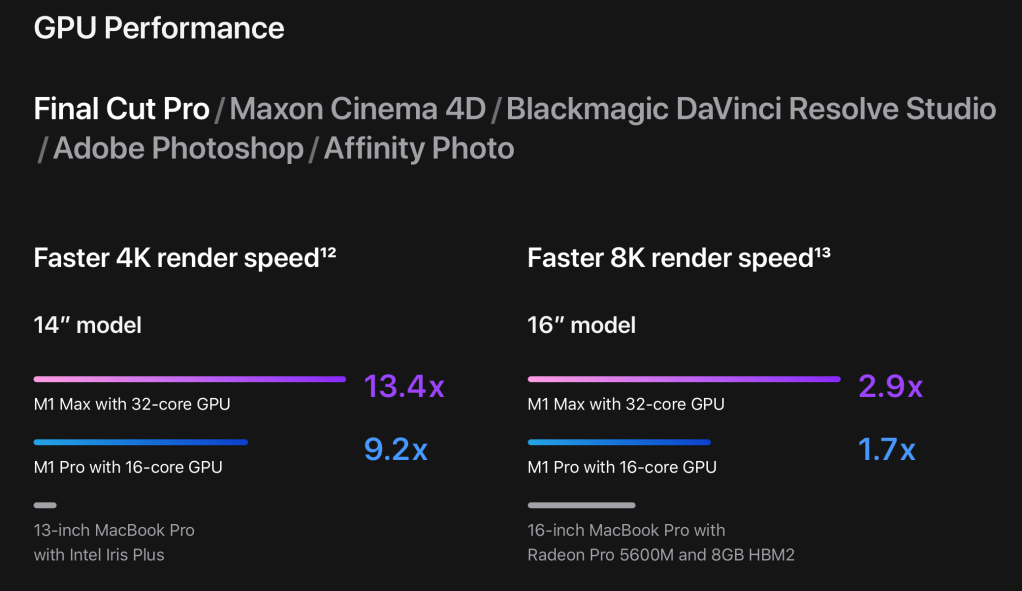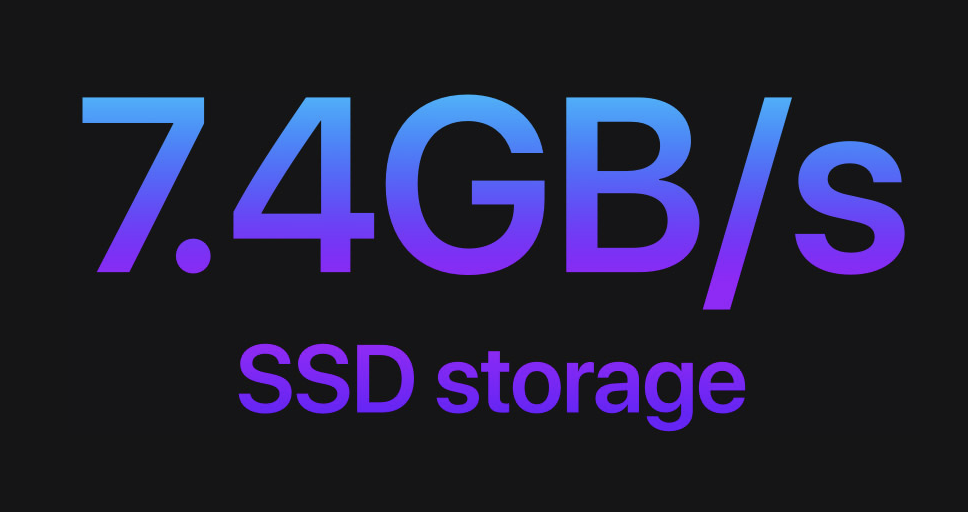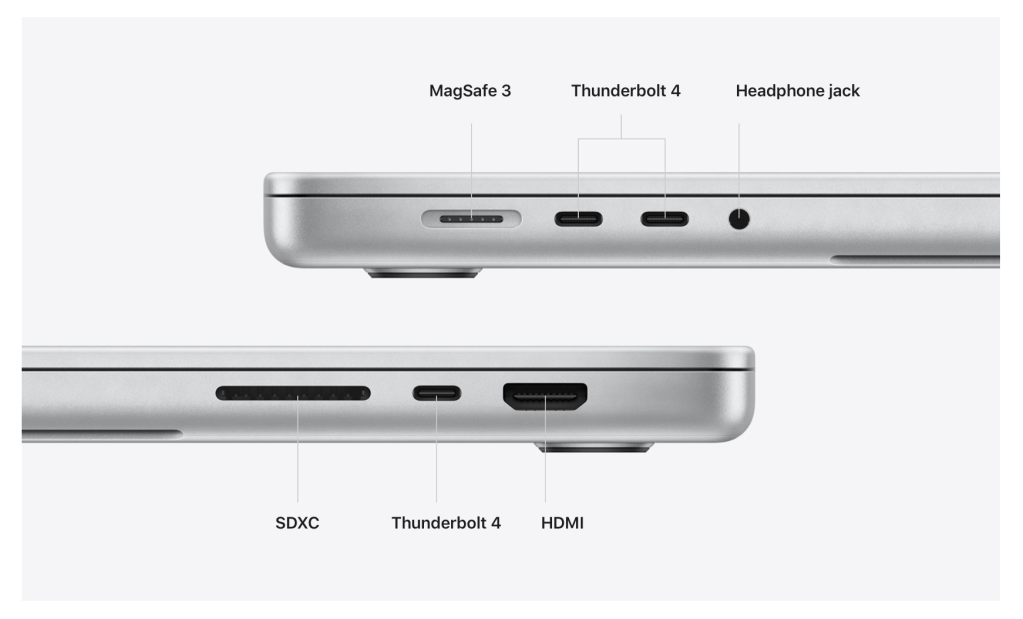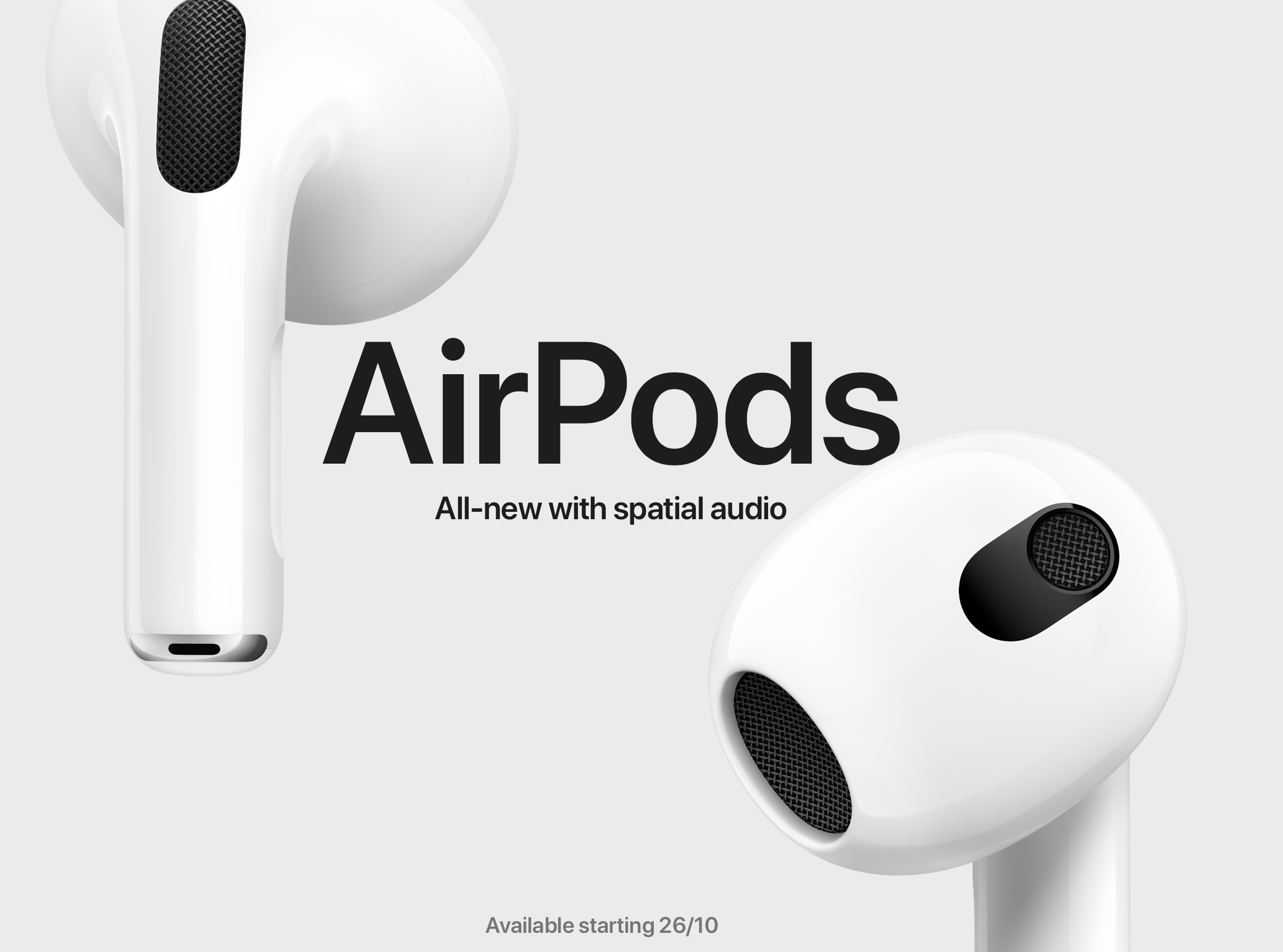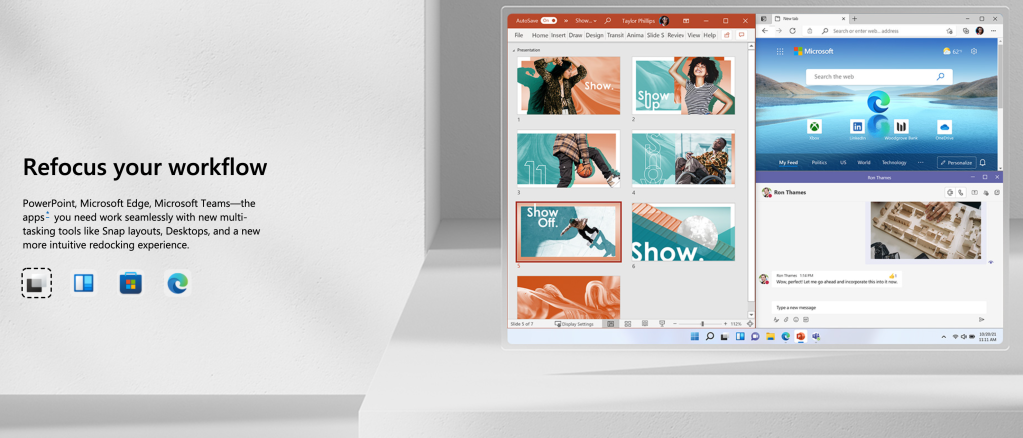As the energy industry undergoes a digital transformation, leveraging cutting-edge generative AI tools for digital twins is proving to be a game-changer. Here’s a detailed comparison of some of the most popular generative AI tools, their applications in digital twins, and their pros and cons:
1. OpenAI’s GPT-4
Applications:
- Predictive Maintenance: Generates detailed reports predicting equipment failures.
- Simulation Descriptions: Provides natural language explanations of complex simulation results.
Pros:
- High Versatility: Exceptional at generating human-like text, useful for predictive maintenance and scenario descriptions.
- Integration: Seamless integration with various platforms and APIs.
- Accuracy: High accuracy in understanding and generating technical content.
Cons:
- Cost: Can be expensive for large-scale deployment.
- Data Privacy: Concerns about data security and compliance in sensitive environments.
2. Google’s DeepMind
Applications:
- Optimization: Optimizes energy consumption and operational efficiency.
- Predictive Analytics: Advanced algorithms for predictive maintenance and risk management.
Pros:
- Advanced Algorithms: Superior at complex problem-solving and optimization tasks.
- Energy Efficiency: Proven track record in optimizing energy consumption in data centers.
- Research Backing: Strong foundation in scientific research and real-world applications.
Cons:
- Accessibility: Limited access compared to more commercially available solutions.
- Customization: May require significant customization for specific industry needs.
3. IBM Watson
Applications:
- Asset Management: Monitors and predicts asset performance and maintenance needs.
- Data Integration: Integrates diverse data sources for comprehensive analytics.
Pros:
- Domain Expertise: Extensive experience in the energy sector, offering tailored solutions.
- Integration: Robust integration capabilities with existing infrastructure.
- Analytics: Powerful analytics and predictive capabilities for asset management.
Cons:
- Complexity: Can be complex to implement and require significant training.
- Cost: Higher initial setup and maintenance costs.
4. Microsoft Azure AI
Applications:
- Scalability: Manages large-scale digital twin environments with cloud infrastructure.
- Data Analysis: Provides tools for advanced data analytics and real-time monitoring.
Pros:
- Scalability: Highly scalable with seamless cloud integration.
- Ecosystem: Strong ecosystem of tools and services tailored for the energy industry.
- User-Friendly: Intuitive interface with comprehensive support and documentation.
Cons:
- Dependence on Azure: Best suited for organizations already using Azure services.
- Customization: May need additional customization for specific use cases.
5. NVIDIA Omniverse
Applications:
- 3D Visualization: Creates realistic 3D models of energy assets and simulations.
- Collaboration: Facilitates collaborative work across engineering teams.
Pros:
- Visualization: Exceptional 3D visualization and simulation capabilities, crucial for digital twins.
- Performance: High performance for real-time simulations.
- Collaboration: Supports collaborative workflows across teams.
Cons:
- Hardware Requirements: Requires powerful hardware, which can be costly.
- Learning Curve: Steeper learning curve for those unfamiliar with advanced 3D modeling.
Choosing the right generative AI tool depends on your specific needs and existing infrastructure. Each tool offers unique strengths that can significantly enhance the efficiency and effectiveness of digital twins in the energy sector.
🔍 Which AI tool do you find most promising for your digital twin projects? Share your thoughts!
Disclaimer: This article was generated by ChatGPT from OpenAI with prompts from me. The image was generated by Google‘s Gemini.
It’s interesting how much the article generated differs with the same prompt in different generative AI tools. OpenAI’s ChatGPT seems to understand my context and requirement much better than the rest. But google seems better at generating related imagery. What is a fact is that these tools will only get better (at not hallucinating) and if you are not using these tools to aid you, you will for sure be left behind. Common use cases could be summarizing text and articles, article write-ups, image generation among others. How much these tools can be trusted to do the right things is a whole other story.
#DigitalTwins #GenerativeAI #EnergyIndustry #Innovation #Technology #AI #DigitalTransformation


